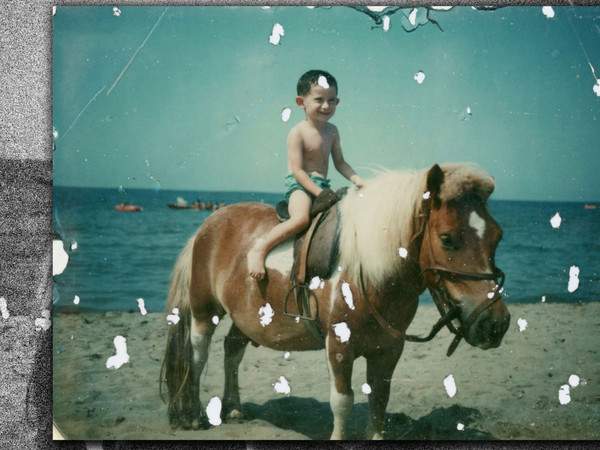Bellosguardo Archives: at the Central Catalogue Institute in Rome, an exhibition highlights the area's identity
From Nov. 8, 2019 until Jan. 24, 2020, at the headquarters of theIstituto Centrale per il Catalogo e la Documentazione - ICCD on Via di San Michele 18 in Rome, the photographic exhibition entitled: Bellosguardo Archive will be open to the public. Family Photographs and Contemporary Production.
Archivio Bellosguardo is a pilot project conceived by photographer Alessandro Imbriaco with the scientific collaboration of the Istituto Centrale per il Catalogo e la Documentazione, the coordination of theRehub Alburni Association and the patronage of the Municipality of Bellosguardo, which was created with the aim of establishing a photographic archive of the Cilento and Vallo di Diano National Park that not only preserves the memory and identity of those places, but can also be a tool for territorial promotion and development.
The exhibition is divided into two sections: Family Photographs, curated by Benedetta Cestelli Guidi with Martina Alessandrini proposes a selection of the originals made available by citizens, flanked by a video projection made by Alessandro Imbriaco, and the Contemporary Production section, curated by Francesca Fabiani that returns the result of the photographic campaigns conducted in the area by the 5 emerging photographers hosted in residence: Alessandro Coco, Valerio Morreale, Nunzia Pallante, Mattia Panunzio and Sarah Wiedmann
The originals of family photographs and images of the contemporary countryside are posed as a tool for understanding society and the architectural and naturalistic context to trace the practices and habits of the population over the course of more than a century and to trace the changing lay of the land.
Photography has been elected as the preferred language of this narrative. The exhibition offers a never-before-seen glimpse of the village of Bellosguardo (a municipality of 800 inhabitants in the Province of Salerno), aimed at enhancing the identity of an area of extreme interest not only from a naturalistic point of view but also for its internal social dynamics: from the phenomenon of emigration in past years to the progressive depopulation of the present, which is counterbalanced by the presence of tourism in the summer months alone.
By subtracting the photographs of families from dispersion and oblivion, their historical and documentary value within an area undergoing considerable changes was recognized, while the view of the territory by the five young photographers invited, offered unprecedented points of view through an updated photographic language.
The exhibition (previewed in Bellosguardo last August as part of the Rural Dimensions festival, garnering wide approval and interest from local communities and beyond), is the result of the first stage of the project, to be understood as the first step of a broader operation that envisages replication of the experience in other National Park towns that share similar phenomena and peculiarities and whose submerged and precious heritages should therefore be safeguarded and enhanced.
The ICCD, a leading public institution for photography with a focus on the dynamics of the area, has supported the project by actively working at the site, interacting with the population, lending its established know-how for the digitization and archiving activities, and acting as a collector between the promoters, photographers and institutional partners.
In addition, a selection of images from the photo campaigns will become part of ICCD’s contemporary photography collections.
For all information you can call +39 06585521, email ic-cd@beniculturali.it or visit www.fotografia.iccd.beniculturali.it/bellosguardo.
Source: release
 |
| Bellosguardo Archives: at the Central Catalogue Institute in Rome, an exhibition highlights the area's identity |
Warning: the translation into English of the original Italian article was created using automatic tools. We undertake to review all articles, but we do not guarantee the total absence of inaccuracies in the translation due to the program. You can find the original by clicking on the ITA button. If you find any mistake,please contact us.



























